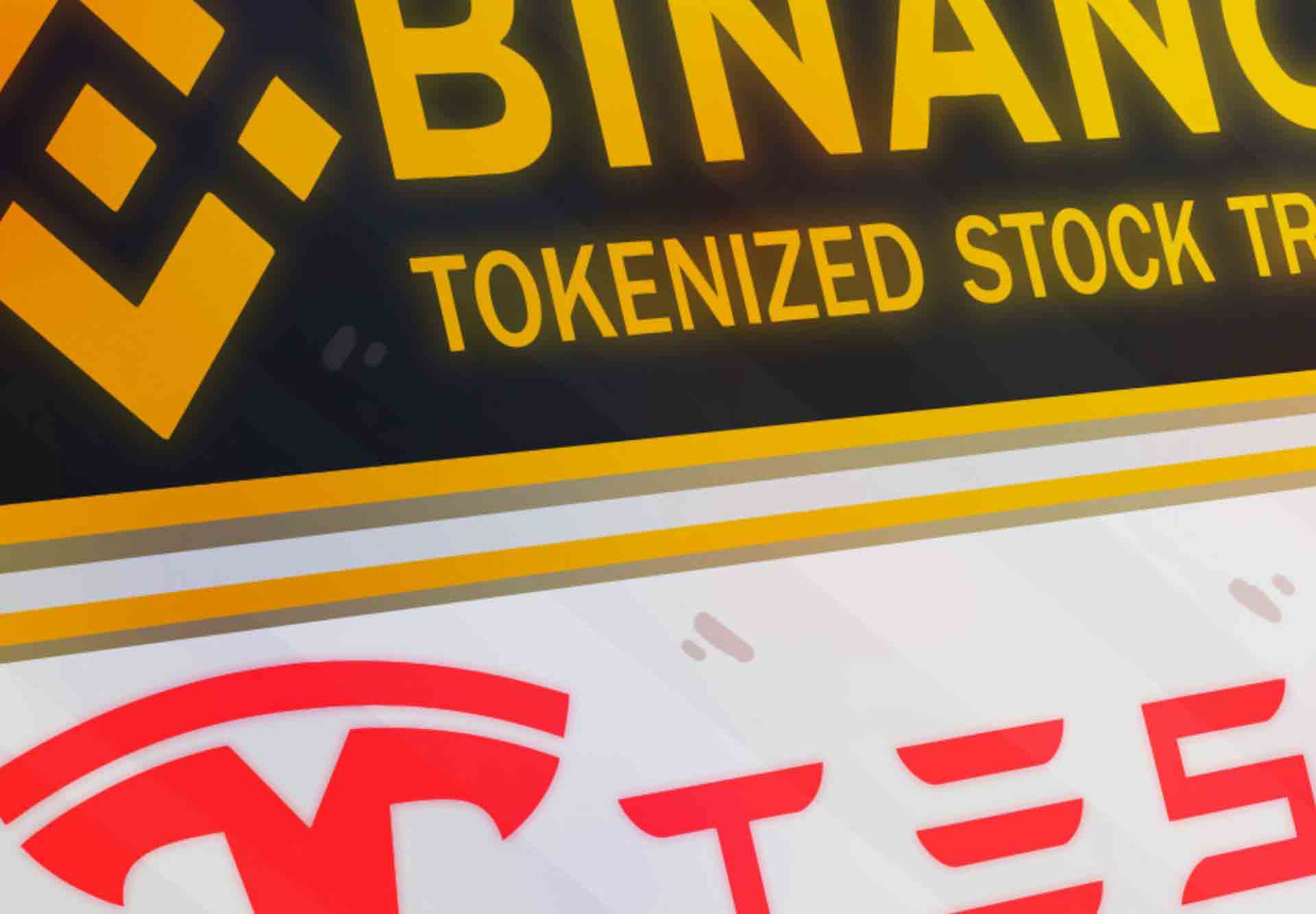ELOOP and Peaq co-founders have expressed to Cointelegraph their belief that tokenizing high-ticket assets such as a collection of car-sharing vehicles can bring Web3 to the forefront of the mainstream.
An auto-sharing enterprise situated in Vienna has equipped approximately half of its 200+ car fleet with blockchain-enabled self-sovereign IDs for tokenization.
On June 27, Eloop, the car-sharing service, and Peaq Network—a Web3 ecosystem for the economy of things—made public that 100 Teslas were tokenized through Peaq. This blockchain integration empowers users to own a part of the fleet and share in the income the vehicles generate from daily rideshare activities.
Cointelegraph discussed decentralized car sharing, the mass acceptance of Web3, and the future of blockchain-based high-value assets with Nico Prugger, the co-founder of Eloop, and Leonard Dorloechter, the co-founder of Peaq, in Vienna.
Prugger clarified to Cointelegraph that token ownership equates to a proportionate share of the entire car-sharing fleet, which depends on the extent of their investment into the token.
Tokenization creates direct income when the cars are rented, which is instantly allocated back to the token-holding community.
The community who owns the cars are the ones who also lease them out, which is why we label it as car sharing 2.0,” says Prugger.
Striving for a model that is as near to real ownership as possible while keeping it simple for everyone to invest in the car without any obligations, Prugger remarked, “We handle all the legalities related to the cars.”
In 2019, Siemens, a German industrial manufacturing company, also brought up the potential use of blockchain for car-sharing purposes through its subsidiary Siemens Mobility.
Dorloechter emphasized the need for the integration of blockchain in tangible assets to aid mainstream acceptance and comprehension of the technology.
“For Web3 to permeate the mainstream, we need a bridge between the digital and real worlds that allows individuals to co-own assets that generate revenue based on actual goods and services,” he said.
The transaction and data storage layer for the decentralized physical infrastructure network (DePIN) of the tokenized Teslas is facilitated by the Peaq blockchain network, built on Polkadot.
Dorloechter stated the choice for Polkadot was due to its “interoperability” feature and an economic model was developed to “particularly encourage those IoT [Internet of Things] use cases.”
According to him, “We leverage Polkadot for security. It adds considerable product value.”
Both Prugger and Dorloechter pointed out that car-sharing is just the start and several companies have shown interest in areas such as decentralized EV charging, decentralized Uber, and a decentralized camera network.
“Users, as well as machines, can now own and control their data. Users can choose to sell it and make it accessible if they wish,” Dorloechter noted.
Dorloechter linked this advancement to an EU initiative called Gaia-X, which aims to establish a sovereign data infrastructure and standards for identity and data sharing, leading towards “genuine smart cities.”
Commenting on the EU’s perspective on emerging technologies and digital assets, Prugger mentioned the clarity provided by the MiCA regulations allows them to consider “scaling the concept” across Europe.
Known for their AI integration for self-driving and environment monitoring, Teslas could be a significant player in the approaching automation era. Some predictions state that almost 50% of today’s work activities could be automated by 2045.
Dorloechter emphasized that AI-enabled vehicles like Teslas could be automated to serve as robo-taxis, and therefore, tokenization of such vehicles would “pave the way for the democratization of the automation age.”
“All the value that these autonomous cars generate could go to a handful of large corporations,” he expressed.
“This is an approach to lessen inequality by making these autonomous value-generating assets available for public investment and earnings.”
As more tangible high-value items are tokenized on the blockchain for public access, Dorloechter suggests that the capacity for “communities to fund and build infrastructure, and also profit from it” becomes a reality.

